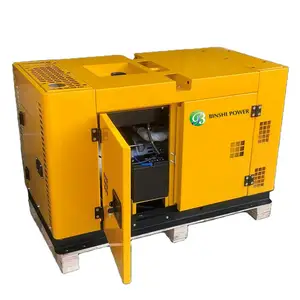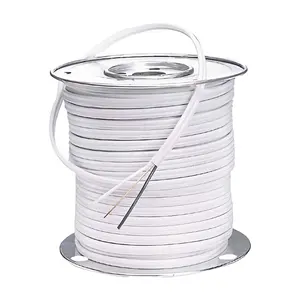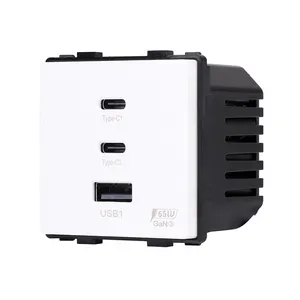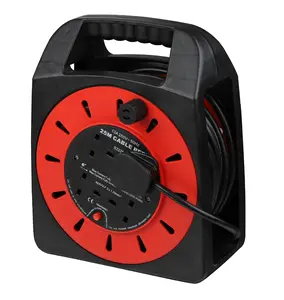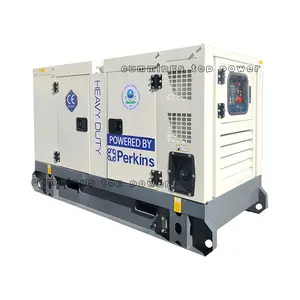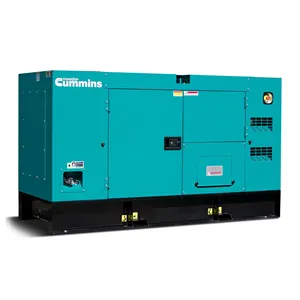Popular in your industry
































































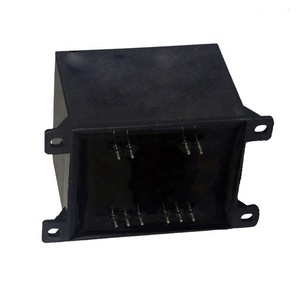
Top categories
About pcb potted transformer
Understanding PCB Potted Transformers
Within the realm of electrical components, PCB potted transformers stand as a crucial category, designed for enhancing electrical safety and performance. These transformers are encapsulated with a solid compound that provides insulation and protection against moisture, dust, and other environmental factors. This potting process is essential for transformers used in a wide range of applications, from industrial equipment to consumer electronics.
Types and Applications
Diverse in type, encapsulated transformers are tailored to meet various electrical requirements. The selection includes single-phase, three-phase, and custom-configured units to suit specific voltage and current demands. These transformers are integral in power supplies, audio systems, and other electronic circuits where stable voltage and isolation are paramount.
Features and Materials
The construction of a sealed transformer involves high-grade materials that ensure durability and functionality. The core is typically made from silicon steel or ferrite, while the winding can be copper or aluminum. The potting material, usually a type of epoxy or silicone, is selected based on its thermal and dielectric properties, which contribute to the transformer's overall performance and longevity.
Advantages of PCB Potted Transformers
Opting for a transformer with potting comes with several advantages. The potting compound enhances thermal management, allowing for better heat dissipation. It also increases the transformer's resistance to shock and vibration, making it suitable for use in harsh environments. Furthermore, the potting adds a layer of electrical insulation, which is critical for preventing short circuits and ensuring user safety.
Selection Considerations
When selecting a PCB transformer, it is important to consider factors such as voltage rating, power capacity, and size. The application's specific needs will dictate the appropriate transformer specifications. It is also essential to ensure compatibility with the PCB layout and to consider the operating temperature range of the transformer.
Environmental and Safety Standards
Compliance with environmental and safety standards is a key aspect of PCB encapsulated transformers. Manufacturers adhere to international standards to ensure that these components are safe for use in various devices and do not contribute to environmental harm. The potting process itself is designed to minimize the risk of component failure and to extend the life of the transformer.
